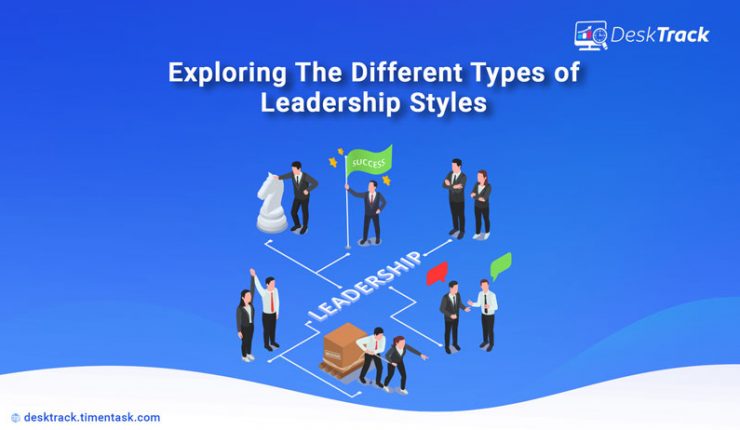Different Forms Of Leadership Styles
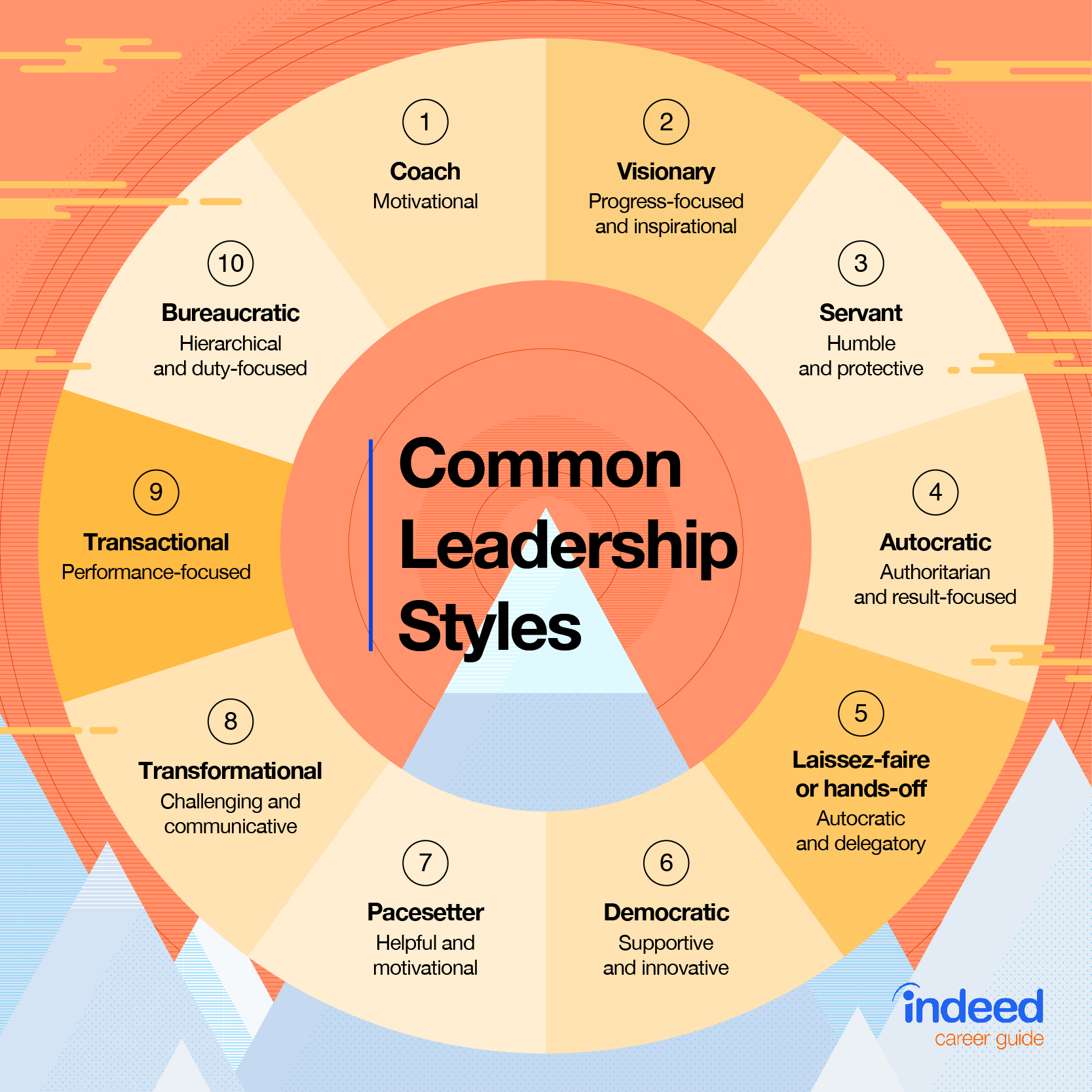
In the ever-evolving landscape of the modern workplace, where adaptability and innovation reign supreme, a one-size-fits-all approach to leadership is quickly becoming obsolete. The traditional image of the commanding CEO issuing orders from an ivory tower is giving way to a more nuanced understanding of leadership as a dynamic, multifaceted skill. Effective leadership now demands a deep understanding of various approaches and the ability to tailor strategies to specific situations and teams.
This article delves into the diverse spectrum of leadership styles, exploring their core characteristics, strengths, and potential pitfalls. From the collaborative spirit of democratic leadership to the visionary drive of transformational leadership, we will examine how these approaches impact team dynamics, organizational culture, and overall success. Understanding these diverse styles is crucial for aspiring leaders and organizations seeking to cultivate environments where individuals thrive and innovation flourishes.
The Autocratic Leader: Command and Control
The autocratic leadership style, characterized by centralized decision-making and a clear chain of command, remains relevant in certain contexts. This style is often implemented where efficiency and speed are paramount, such as in emergency situations or highly regulated industries. The leader makes decisions independently, with minimal input from subordinates, and expects strict adherence to directives.
While efficient, autocratic leadership can stifle creativity and limit employee autonomy. Research from the Harvard Business Review suggests that this style can lead to decreased employee morale and higher turnover rates if not implemented carefully.
Democratic Leadership: Collaboration and Consensus
In stark contrast to the autocratic approach, democratic leadership emphasizes participation and collaboration. Leaders foster an environment of open communication, actively soliciting input from team members before making decisions. This approach promotes a sense of ownership and empowers individuals to contribute their unique perspectives.
This style can result in increased innovation and higher levels of job satisfaction. However, decision-making processes can be slower, and it may not be suitable for situations requiring immediate action. The Journal of Applied Psychology has published several studies highlighting the positive correlation between democratic leadership and employee engagement.
Transformational Leadership: Inspiring Vision
Transformational leaders inspire and motivate their teams by articulating a compelling vision and fostering a sense of purpose. These leaders go beyond simply managing tasks; they empower their followers to reach their full potential and challenge the status quo. Transformational leadership often involves strong communication skills, empathy, and a genuine commitment to the growth and development of team members.
Bernard M. Bass, a leading researcher in leadership studies, emphasizes that transformational leaders are adept at creating a culture of innovation and continuous improvement. This style can lead to significant organizational change and improved performance. However, it requires strong ethical grounding to avoid manipulation and ensure that the vision aligns with the best interests of all stakeholders.
Laissez-Faire Leadership: Hands-Off Approach
The laissez-faire leadership style, sometimes referred to as "delegative leadership," grants team members significant autonomy and independence. Leaders provide minimal guidance and allow individuals to make their own decisions and manage their own workloads. This style is best suited for highly skilled and self-motivated teams.
While it can foster creativity and empower individuals, it can also lead to a lack of direction and accountability if team members are not sufficiently prepared or lack the necessary skills. This approach can result in decreased productivity and a lack of cohesion if not carefully managed. A study by the University of Michigan's Ross School of Business highlights the importance of clear expectations and regular check-ins even in laissez-faire environments.
Servant Leadership: Putting Others First
Servant leadership prioritizes the needs of team members and focuses on their growth and well-being. Leaders act as facilitators, providing support, resources, and opportunities for development. This approach emphasizes empathy, humility, and a genuine desire to serve others.
Servant leadership can create a highly engaged and loyal workforce. It fosters a culture of trust and collaboration. Organizations that embrace servant leadership often experience increased employee satisfaction and reduced turnover. Research from the Greenleaf Center for Servant Leadership demonstrates a strong link between servant leadership and improved organizational performance.
Adaptive Leadership: Navigating Uncertainty
In today's rapidly changing world, adaptive leadership is becoming increasingly crucial. This style emphasizes flexibility, resilience, and the ability to navigate uncertainty. Leaders are able to adjust their approach based on the specific challenges and opportunities facing their organization. This involves fostering a culture of experimentation, learning from failures, and empowering individuals to take calculated risks.
According to Ronald Heifetz, a leading authority on adaptive leadership, this style requires leaders to embrace discomfort and challenge existing assumptions. Adaptive leaders excel at facilitating difficult conversations and helping teams to find innovative solutions to complex problems. This is essential for organizations that want to stay ahead of the curve in a competitive marketplace.
The Future of Leadership
The future of leadership is likely to be characterized by a blend of styles, tailored to the specific context and needs of the team. Leaders will need to be adept at switching between different approaches, depending on the situation. Emotional intelligence, empathy, and a genuine commitment to the growth and development of others will be essential qualities for effective leaders.
Organizations that invest in leadership development programs and foster a culture of continuous learning will be best positioned to thrive in the years ahead. By embracing a diverse range of leadership styles and empowering individuals to reach their full potential, organizations can create environments where innovation flourishes and success is sustainable.
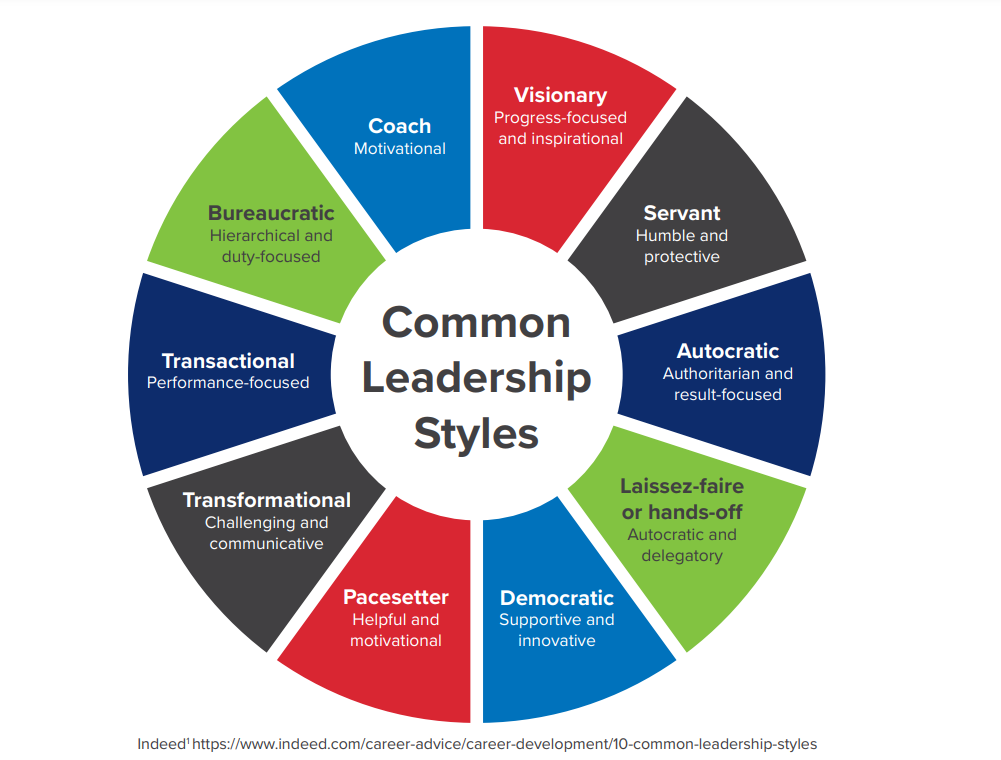
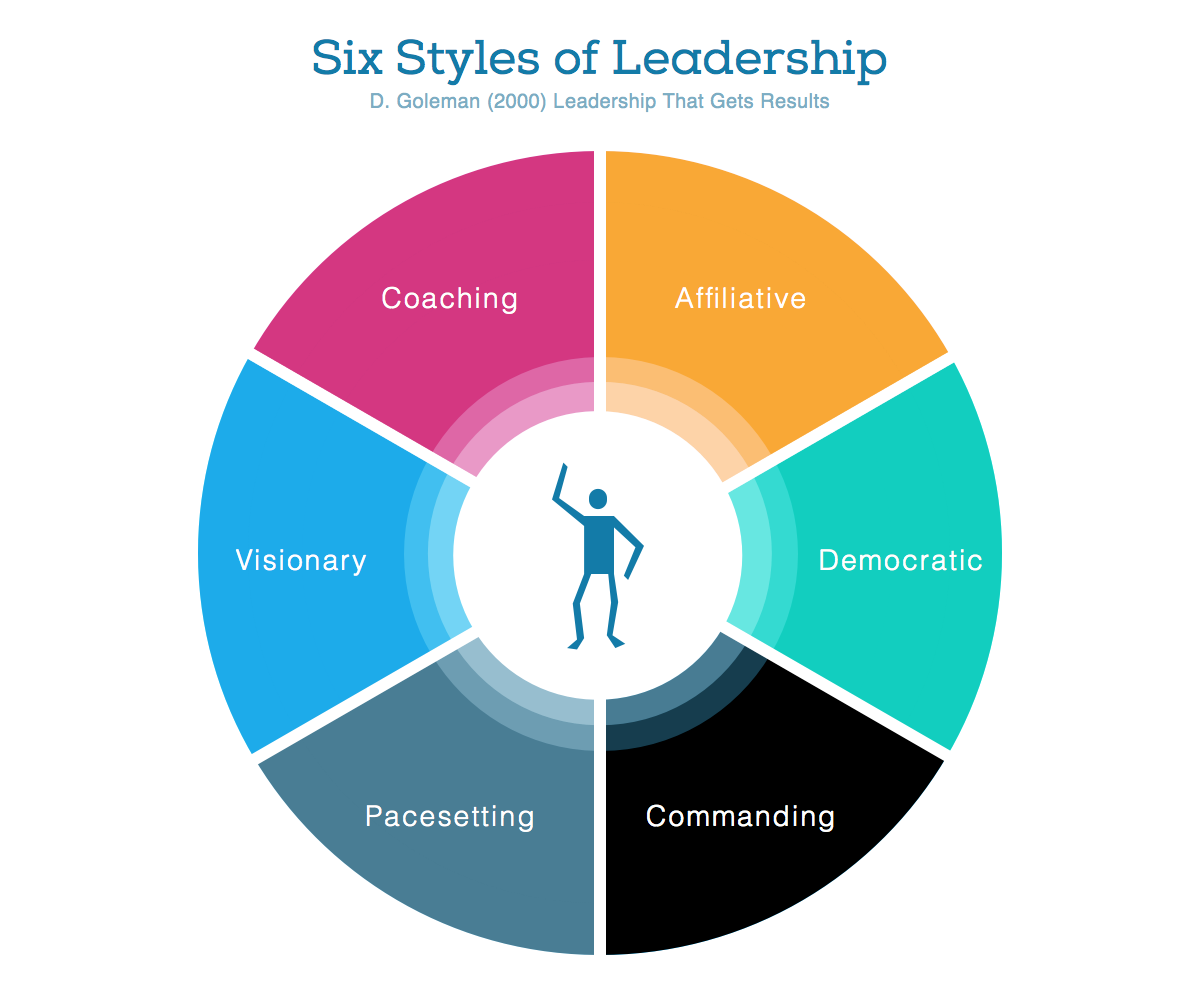

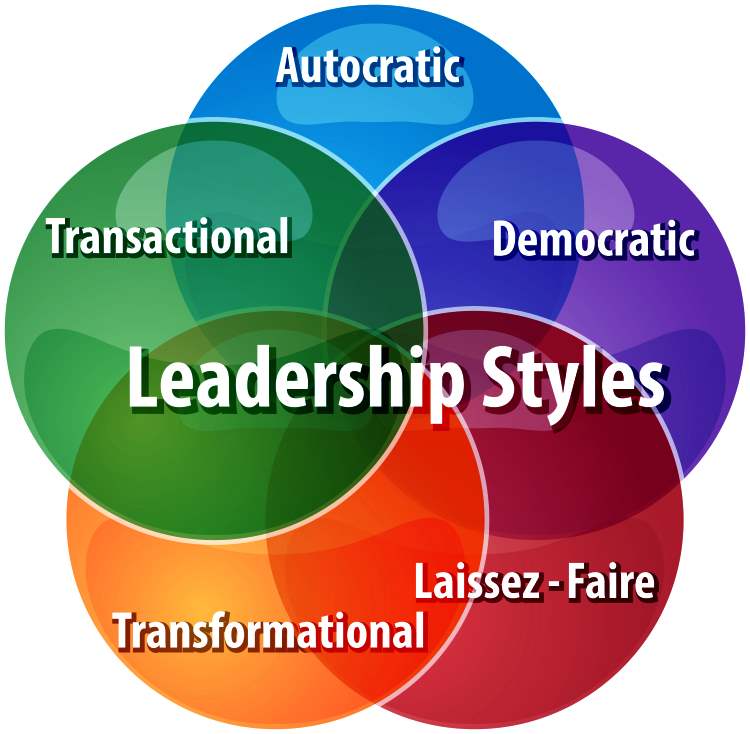
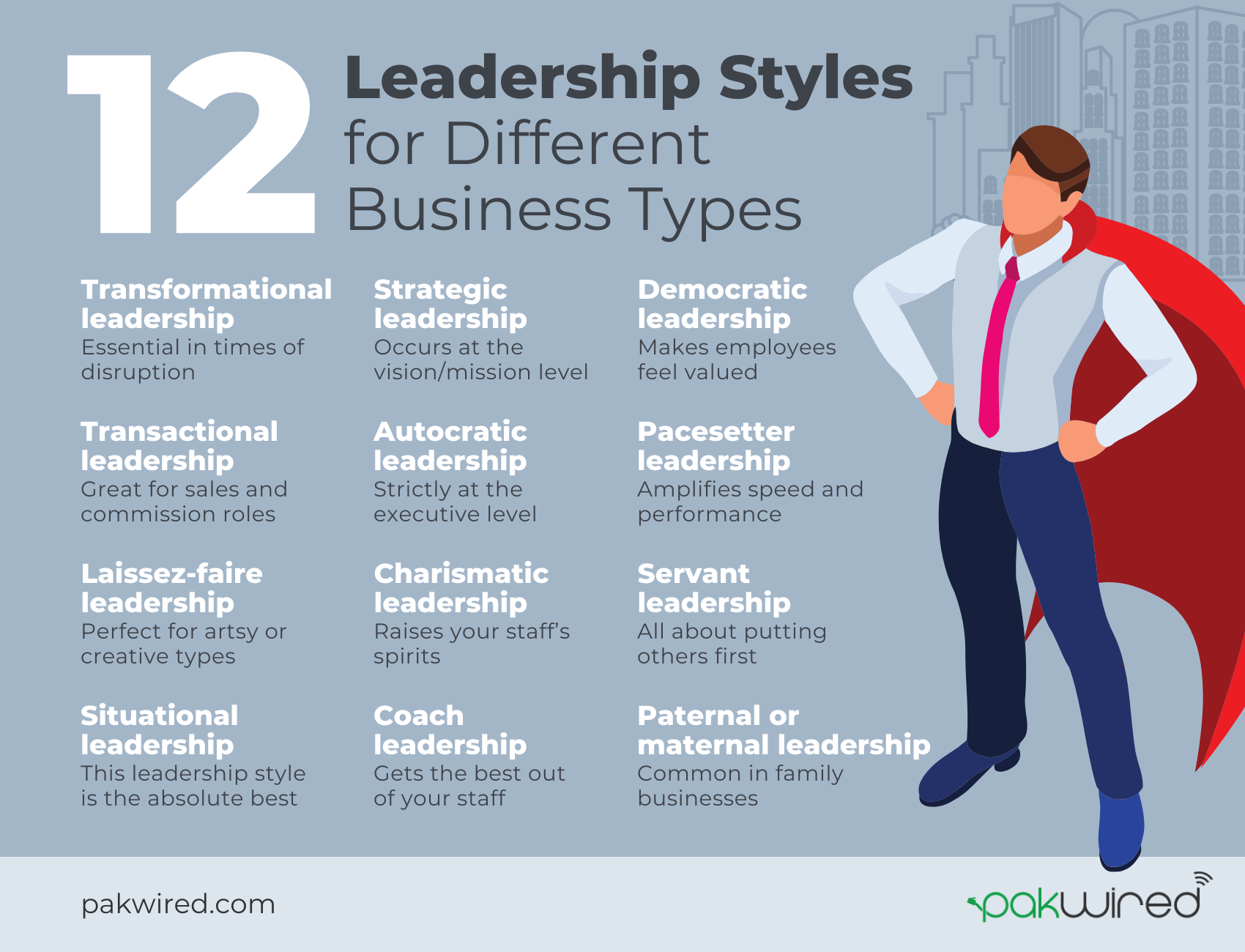


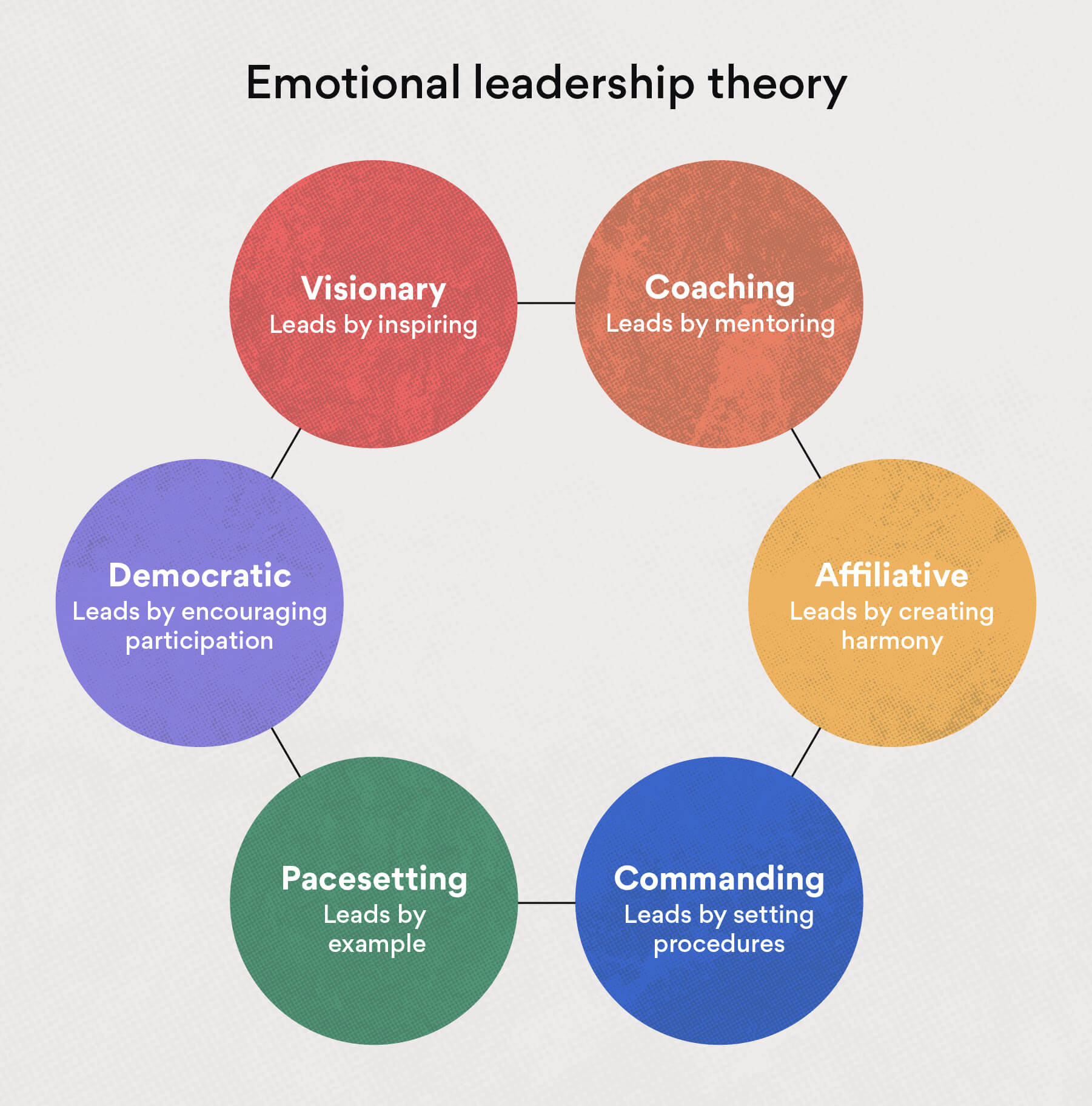


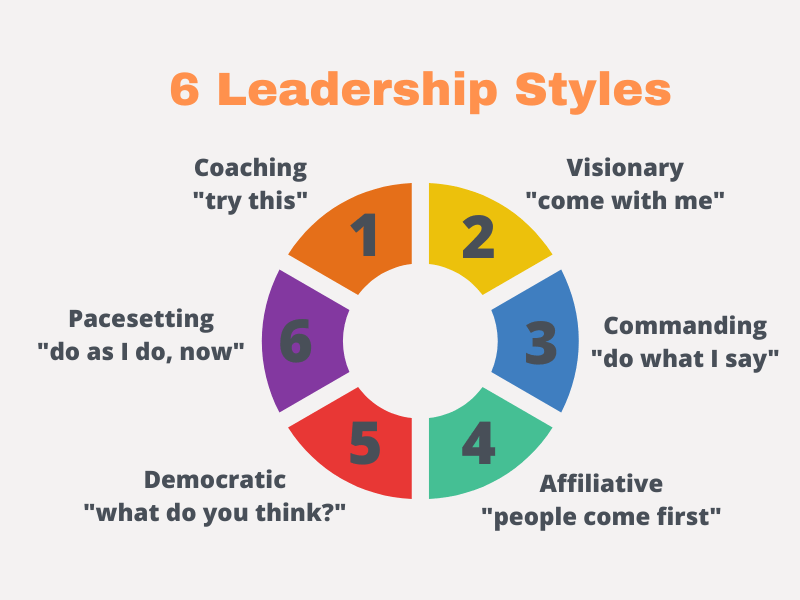
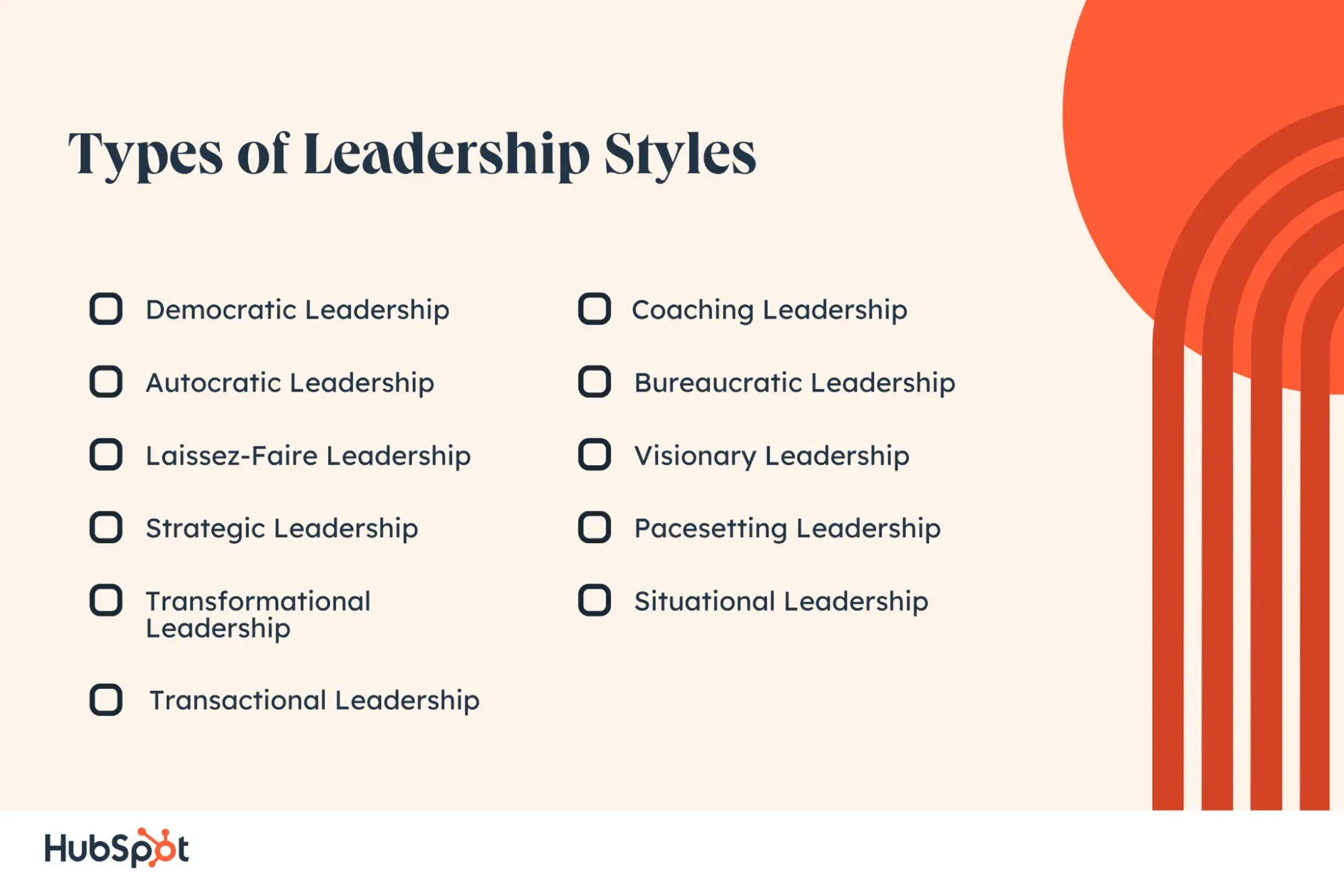



.png)

